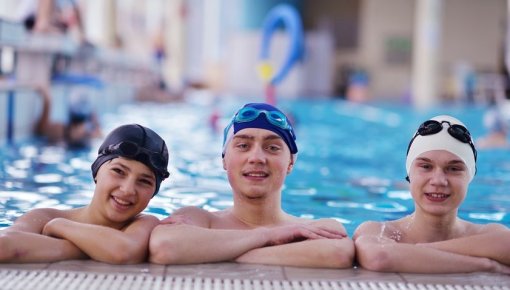Exercise-induced asthma

Suddenly getting out of breath or gasping for air when doing sports can be frightening. But physical activity is also important in people who have exercise-induced asthma. The key is to find the right balance: Too much can set off an asthma attack, but too little affects your lung performance.
Some children, teenagers and adults who have asthma avoid physical exertion because they associate it with the unpleasant experience of having breathing difficulties. But you can still do sports safely, even if you have asthma. It is important to know how to deal with asthma symptoms and relieve an asthma attack. Medications can help lower the risk of asthma attacks.
If children and adults manage their asthma well and are prepared for strenuous physical activities, there is no reason why they should avoid doing them. Exercise and sports not only help you improve your stamina and become physically fitter, they can also help you to relax and simply have fun. Asthma need not be a barrier to leading an active life.
